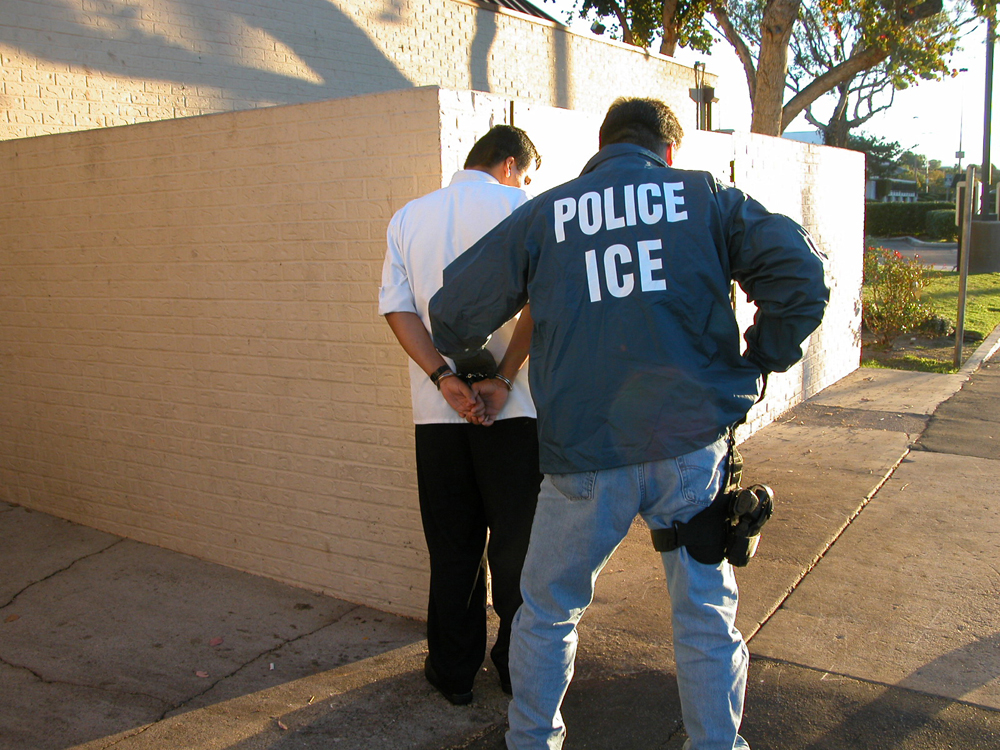| << Chapter < Page | Chapter >> Page > |

On December 16, 2011, 20-year-old Colton Harris-Moore was sentenced to seven years in prison by an Island County judge after pleading guilty to dozens of charges including burglary, fraud, and identity theft. Harris-Moore, dubbed the “Barefoot Bandit,” spent two years evading the police by means of transportation theft and squatting, frequently leaving a trail of bare footprints in his wake (Johnson 2011).
"Colton's very pleased (with the sentence)," his attorney John Henry Browne told the New York Times . "He was expecting the worst."
The son of an alcoholic mother, Harris-Moore’s life was filled with physical and verbal abuse, and a series of convict boyfriends frequently inhabited the Harris-Moore home. After dropping out of school in the ninth grade, Harris Moore’s crimes increased in severity. His antics gained worldwide media attention after he began stealing and successfully piloting planes, though he’d had no aviation training. When authorities caught him, he was driving a stolen boat off the coast of the Bahamas (Yardley 2010).
"This case is a tragedy in many ways,” said Judge Churchill, “but it's a triumph of the human spirit in other ways. I could have been reading about the history of a mass murderer. I could have been reading about a drug abusive, alcoholic young man. That is the triumph of Colton Harris-Moore: He has survived" (Johnson 2011).
Though the judge’s ruling was largely sympathetic, Harris-Moore had immediate regrets. "Let me put it this way,” said his attorney. “He wishes he had done things a little differently in his life" (CNN News Wire Staff 2010).
Although deviance is a violation of social norms, it’s not always punishable, and it’s not necessarily bad. Crime , on the other hand, is a behavior that violates official law and is punishable through formal sanctions. Walking to class backwards is a deviant behavior. Driving with a blood alcohol percentage over the state’s limit is a crime. Like other forms of deviance, however, ambiguity exists concerning what constitutes a crime and whether all crimes are, in fact, “bad” and deserve punishment. For example, during the 1960s, civil rights activists often violated laws intentionally as part of their effort to bring about racial equality. In hindsight, we recognize that the laws that deemed many of their actions crimes—for instance, Rosa Parks taking a seat in the “whites only” section of the bus—were inconsistent with social equality.
As you learned previously, all societies have informal and formal ways of maintaining social control. Within these systems of norms, societies have legal codes that maintain formal social control through laws, which are rules adopted and enforced by a political authority. Those who violate these rules incur negative formal sanctions. Normally, punishments are relative to the degree of the crime and the importance to society of the value underlying the law. As we will see, however, there are other factors that influence criminal sentencing.

Notification Switch
Would you like to follow the 'Introduction to sociology' conversation and receive update notifications?